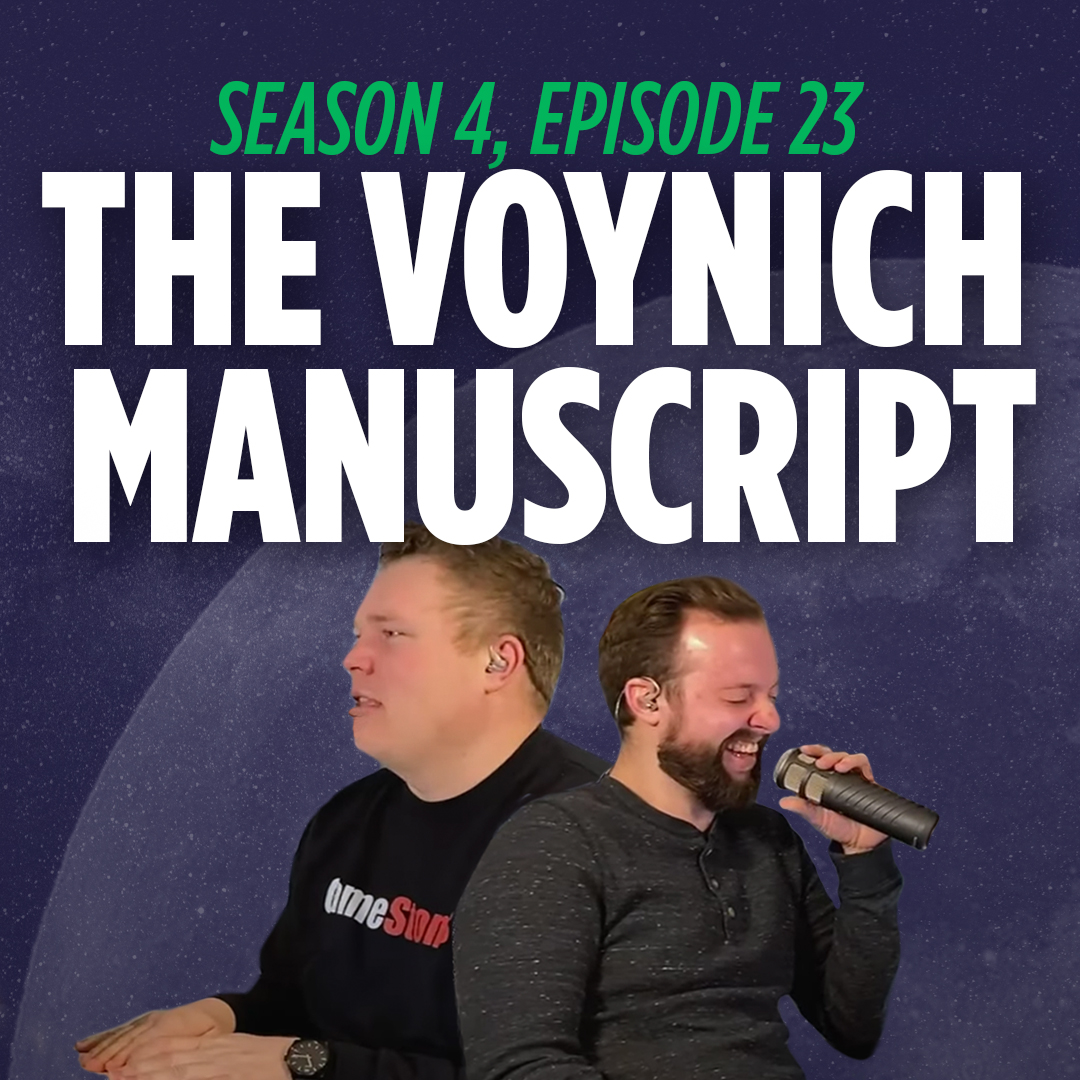
Dr Greg Hodgins, who was part of the Arizona team of scientists, said about the manuscript: “It’s either a secret alchemical text, with the pictures telling a story…or…it was created, or invented, to enable its author to profit from it by selling it as a precious manuscript”. The results showed quite clearly that the book was written between 14. This breakthrough finding also does away with the hypothesis that the manuscript was a forgery written by its buyer, Wilfrid Voynich. Scientists at the University of Arizona were allowed to cut off tiny pieces from the manuscript in order to carbon date them. However, since 2003 it has been discovered that the manuscript was written before 1550 and the invention of the Cardan grille. According to him, because this device was invented around the year 1550, the author of the manuscript could have used it to create a fake language, a language which was similar to a real language but which had no meaning behind its words and sentences. Perhaps the author of the Voynich manuscript was trying to do the same thing.Ĭomputer scientist, Gordon Rugg, showed that he could create a text with characteristics similar to the manuscript by using an encryption device called a Cardan grille.

He invented a language which looked real in order to give the reader the impression that they were reading something mysterious. His Codex Seraphinianus contains imaginary plants, life-forms, architecture and other structures, as well as a language which Serafini admitted in 2009 had no meaning behind it. In 1978, the artist Luigi Serafini proved that it was possible to produce a book which appeared meaningful, but which actually turned out to be a carefully constructed hoax. This suggests that there is no real meaning behind any of the content in other words, it is complete gibberish.
#The voynich manuscript documentary professional#
The author is unknown, the illustrations are bizarre, there are no historical references and the language the book was written in has boggled the minds of every professional who has studied it.

And finally there is, what is believed to be, a “recipe” section. The “pharmaceutical” section has labelled drawings of plants and possibly drawings of jars. There is a “cosmological” section which has some more circular diagrams, but they are more difficult to decipher than the circular diagrams in the astronomical section. Some of these women are depicted bathing in pools or tubs connected by a network of pipes which look strangely like body organs. There is a “biological” section which contains mostly drawings of small naked women. This also suggests that this section is astrological in nature.
#The voynich manuscript documentary series#
But there is also a series of twelve diagrams which show the twelve symbols for the constellations of the zodiac. There is an “astronomical” section which includes circles, suns, stars and moons. There is a “herbal” section which shows a series of unidentifiable plants. The illustrations in the book don’t reveal much about the purpose of the book, but they are divided into six distinct sections. Because of all this, many regard the book as “the world’s most mysterious manuscript” – in 1970 Richard Brumbaugh wrote a book about the manuscript with that same title.

To add to the mystery, the book contains drawings of plants which do not match real species, as well as other illustrations which defy an explanation. The language of the book remains unknown and no one has yet deciphered it – not even professional cryptographers and code-breakers whose job it is to find the hidden meaning in what appears to be nonsense.

It is not named after the author (since the author is unknown) but is named after the book dealer, Wilfrid Voynich, who bought it in 1912. The Voynich Manuscript dates to the early 15 th Century and it is believed to have come from northern Italy.


 0 kommentar(er)
0 kommentar(er)
